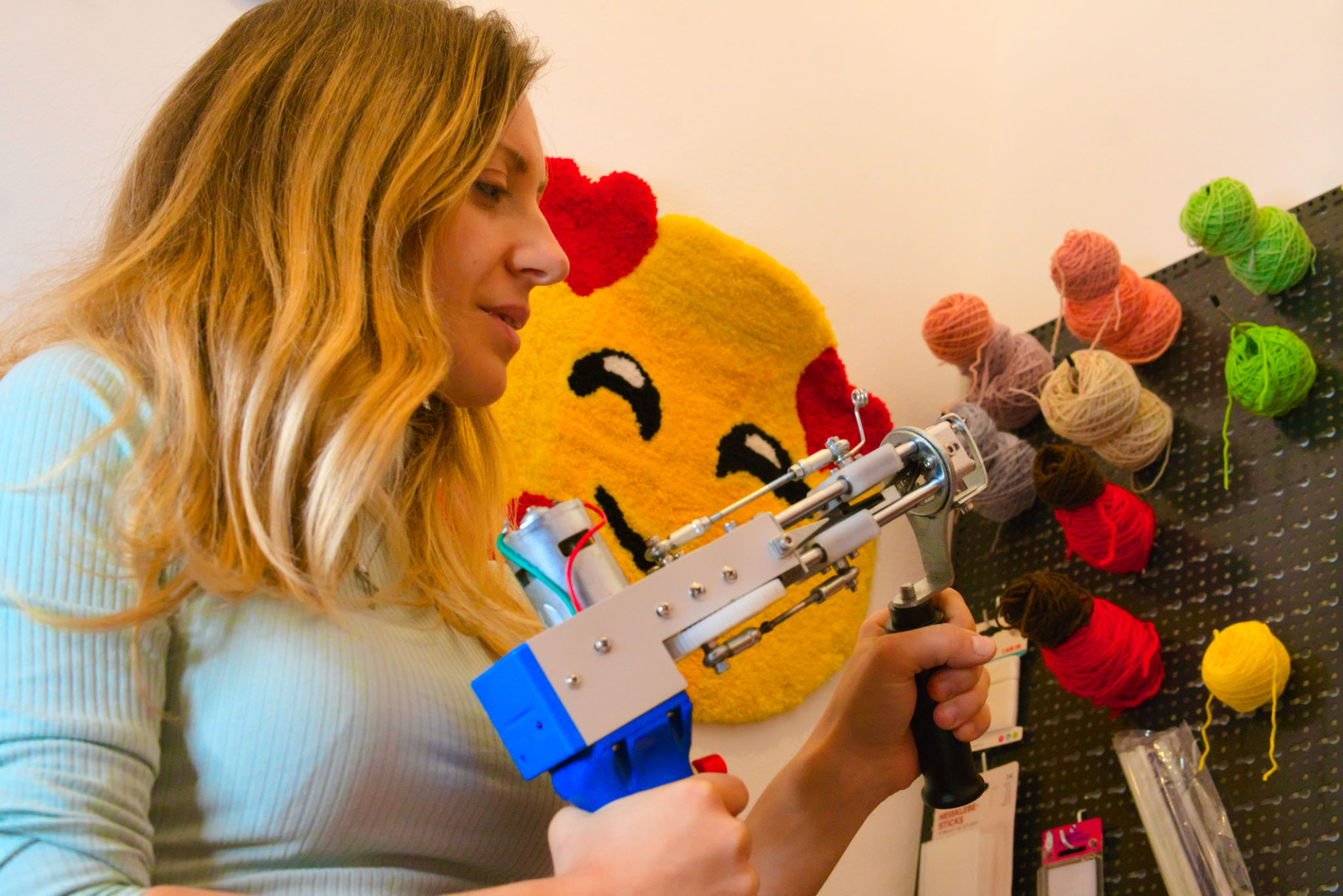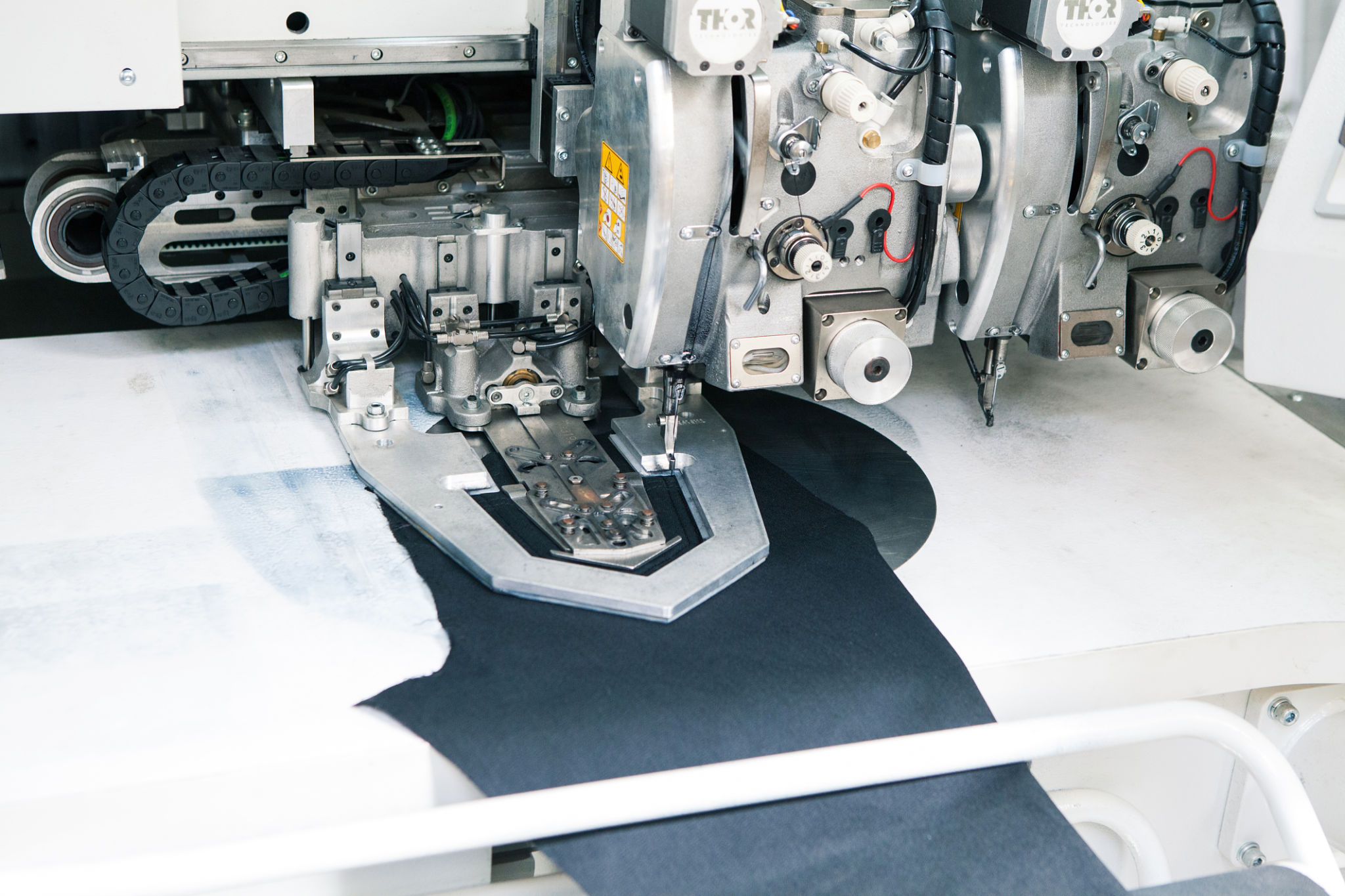Leading Tufting Part Manufacturers: Innovations in the Industry
Introduction to Tufting: A Key Industry Component
Tufting is a pivotal process in the textile industry, primarily used in the production of carpets, rugs, and upholstery. As demand for high-quality textiles continues to rise, leading tufting part manufacturers are at the forefront of innovation, ensuring that their machinery meets the evolving needs of the market.

Advancements in Tufting Technology
In recent years, tufting technology has seen significant advancements. One of the most notable innovations is the development of high-speed tufting machines. These machines have revolutionized the industry by increasing production efficiency and enabling manufacturers to meet tight deadlines without compromising on quality.
Another exciting development is the integration of digital technology into tufting machinery. With digital control systems, manufacturers can achieve precise patterns and designs, offering more customization options for end-users. This technological leap has opened up new possibilities in design and functionality.

Key Players in the Industry
The industry is dominated by several key players known for their cutting-edge innovations and quality products. These companies continue to push the boundaries of what is possible in tufting. They invest heavily in research and development to ensure they stay ahead of the curve, offering products that meet the highest standards.
- Company A: Renowned for its sustainable solutions and eco-friendly tufting machinery.
- Company B: Known for its high-speed machines that enhance production efficiency.
- Company C: Pioneers in integrating digital technology with traditional tufting processes.
Sustainability and Eco-friendly Practices
As environmental concerns become more prominent, tufting part manufacturers are embracing sustainability. Many companies are now focusing on reducing waste and energy consumption during production. The use of recyclable materials in machinery manufacturing is also becoming more common.
Some manufacturers have introduced eco-friendly tufting processes that significantly reduce environmental impact. These practices not only contribute to a healthier planet but also attract environmentally conscious consumers, enhancing brand reputation.

The Impact of Automation
Automation is transforming the tufting industry by streamlining operations and reducing human error. Automated systems have improved consistency in product quality, leading to higher customer satisfaction. This shift towards automation also allows companies to allocate human resources more effectively, focusing on innovation and development.
Moreover, automation enables real-time monitoring and maintenance, which minimizes downtime and maximizes productivity. This efficiency boost is crucial for manufacturers aiming to remain competitive in a fast-paced market.
The Future of Tufting Part Manufacturing
The future looks promising for tufting part manufacturers as they continue to innovate and adapt to market demands. With ongoing advancements in technology and sustainability practices, the industry is poised for significant growth.
Looking ahead, manufacturers will likely focus on developing even more efficient machines, incorporating artificial intelligence for smarter production processes, and enhancing sustainability efforts. These innovations will not only benefit manufacturers but also consumers who seek high-quality, customizable textile products.

